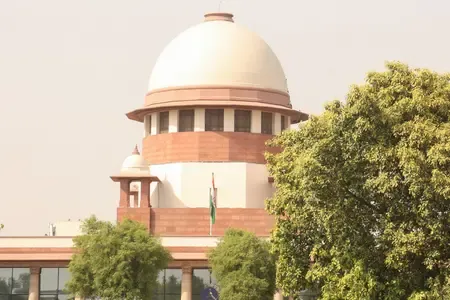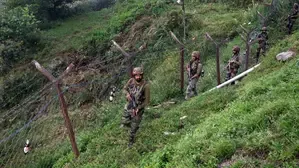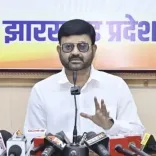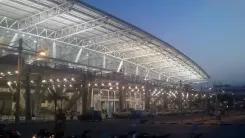What Caused the Red Fort Blast? A Fractured Module's Role
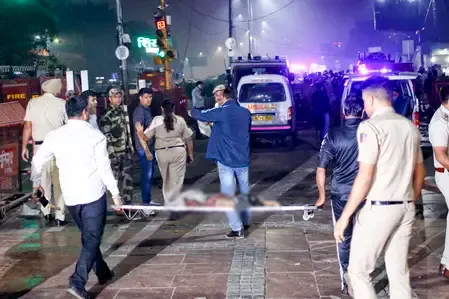
Synopsis
Key Takeaways
- Fractured relationships within the terrorist module led to critical operational failures.
- Delays and disagreements caused frustration, prompting a premature attack.
- Dr. Umar Nabi's aggressive demeanor was a significant factor in the module's collapse.
- Radicalization and the desire for quick impact were evident in Nabi's actions.
- Investigations underscore the importance of understanding internal dynamics in terrorist organizations.
New Delhi, Nov 19 (NationPress) The investigation into the Delhi Red Fort blast has taken an unexpected turn, with authorities now examining if the explosion was fueled by panic or frustration.
The repeated delays of the attack and the dismantling of the Faridabad module may have driven Dr. Umar Nabi to detonate the explosion on a busy road, according to investigators.
Initially, officials suggested that Nabi triggered the blast out of fear following the module's disruption and the seizure of vast amounts of ammonium nitrate. Sources indicate that Nabi exhibited aggressive behavior and lacked patience, which resulted in conflicts with other module members.
Transcripts of conversations and testimonies reveal that he frequently quarreled with his associates. Disagreements with key suspects, Muzammil and Dr. Shaheen, highlighted his discontent regarding the timing of the blast. Nabi often clashed with Shaheen over the funding she received for recruitment initiatives.
His arguments with Muzammil revolved around the blast’s timing, as Muzammil advised patience, while Nabi insisted that the attack should occur in September. The original plan was to strike on August 15, but this was postponed to December 6. The module later feared increased security on that date, leading to further delays until January 26.
Nabi's frustration peaked with the disruption of the Faridabad module, prompting him to act independently. On November 10, he detonated a bomb on a busy road near the Red Fort.
While the explosion had significant consequences and resulted in casualties, it did not align with the original plan. The Jaish-e-Mohammed Faridabad module aimed for a massive impact, intending to kill over 100 individuals.
The ongoing disputes involving Nabi, Shaheen, and Muzammil contributed to a hasty operation. Officials noted that the execution of the plan deviated from the intended outcome.
This also clarifies the video Nabi released prior to the explosion. His goal was not solely to radicalize the youth but also to convey urgency to his module members.
An official from the Intelligence Bureau stated that there are evident signs of Nabi's mental decline, driven by his radicalization and desire for a swift, impactful attack. In contrast, his peers believed patience was essential for selecting the right moment to strike. These delays ultimately led to Nabi's frustration and the premature attack.
The chat logs show Nabi's determination to execute the attack in September, dubbing it the September Spectacle. When his fellow members disagreed, he chose to act alone. Between September and October, conversations reflected growing discord and mounting frustration.
Investigators assert that the internal conflicts and Nabi's aggressive demeanor precipitated the module's collapse. This negligence allowed their defenses to weaken, resulting in the module's dismantling.
Findings indicate that it wasn't just internal disagreements that destabilized Nabi; his prolonged radicalization also contributed to his erratic state. Colleagues described him as fixated on radical ideologies, voicing intentions to kill as a form of revenge.
Conversations between Muzammil and Shaheen revealed their concerns about keeping Nabi away from planning due to his volatile nature, fearing it could lead to the module's complete breakdown.


